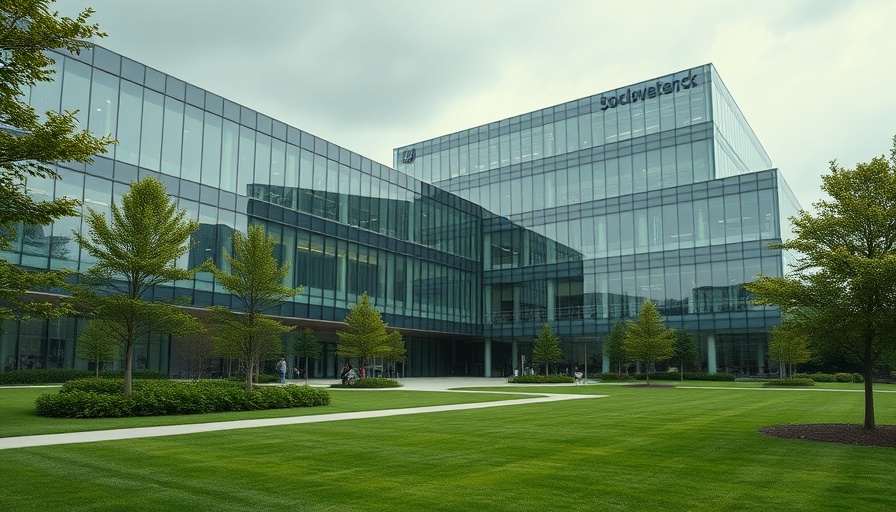
Understanding the Hidden Dynamics of Displacement
Displacement is not merely a series of personal choices about where to live; it is a complex socio-political process rooted in systemic inequalities. As Andrew Lee articulates in his excerpt from Defying Displacement, the narrative around gentrification often centers on individual consumption behaviors. Yet, this simplistic view obscures the broader economic forces at play.
Gentrification, defined here as the influx of wealthier populations into lower-income neighborhoods, represents not just economic development but also a pattern of racial and class-based exclusion. Understanding the origins and mechanisms of this transformation—like urban planning decisions that have historically favored affluent populations—sheds light on why certain neighborhoods undergo such drastic changes.
The Structural Causes of Gentrification
The historical context of housing policies in the United States reveals a concerted effort to displace marginalized communities in favor of wealthier newcomers. As elucidated in a relevant report by the Center for American Progress, federal investments often overlook the needs of existing residents, further driving prices up and impacting the socio-economic fabric of neighborhoods.
For instance, policies promoting urban redevelopment frequently fail to incorporate tenant protections or affordable housing initiatives, resulting in increased rents and instability for long-term residents. Data has shown that factors like inadequate supply of low-income housing, local zoning laws prohibiting multifamily units, and racial and economic inequities exacerbate the displacement crisis.
Community Solutions for Displacement
Fortunately, there are promising solutions that communities can pursue to mitigate displacement. Local governments play a pivotal role in implementing inclusive policies aimed at preserving affordable housing. For example, community land trusts (CLTs) can empower residents to retain ownership of properties, ensuring that affordable units remain available for future generations.
Policies such as rent control, tenant protections, and investment in affordable housing developments are crucial for maintaining community stability. By prioritizing these community-centered strategies, cities can promote equitable growth that benefits existing residents rather than displacing them. Beyond merely reactive policies, there is an urgent need for proactive solutions that create a balance between development and preservation.
Future Trends and Possible Directions
The future of urban living may hinge on our ability to grapple with issues like displacement effectively. As we see investments in infrastructure designed to revitalize urban areas following the COVID-19 pandemic, policymakers must ensure these initiatives do not come at the expense of long-term residents. Continuous monitoring of displacement indicators and strong community engagement will be essential in developing solutions that foster inclusivity.
As we move forward, the conversation around housing justice can no longer afford to simplify the narrative into consumer choices. It must expand to encompass the broader structural changes that both cause and can curtail displacement. Communities must advocate for policies that recognize their value and rights in the face of economic pressures. Together, these layers of understanding and action can pave the way for more equitable urban landscapes that honor the rich history and contributions of all residents.
 Add Row
Add Row  Add
Add 




Write A Comment